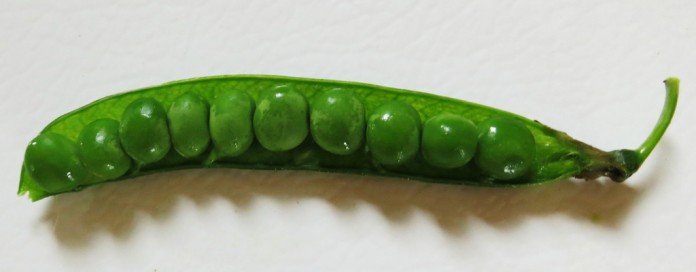Seed catalogs are arriving early this year, right alongside holiday catalogs. Though the New Year is still a few weeks away, it’s never too early to plan the spring garden.
Planning now gives gardeners a head start in spring. Cool-season crops, starting seeds indoors, and planting roots and cold-hardy seedlings as soon as the ground can be worked in spring produces a sizable early harvest. Starting a succession planting plan in early spring sets forth a continuous harvest all season long.
Cool-season crops for early spring

- Broccoli, cauliflower and cabbage seedlings can be planted when daytime temperatures are above 50 degrees F.
- Leafy greens like lettuce, spinach, chard and kale seeds can be direct sown. They will germinate at soil temperatures as low as 35-40 degrees F.
- Onion sets and scallion seeds can be planted as soon as the ground can be worked in the spring. Bulb onions planted in March will be ready in June. Green onions are grown to full maturity in about a month.
- Snow and snap peas can be planted as soon as the ground can be worked in spring.
- Potatoes can be planted in late March to early April.
- Radishes can be planted as soon as the ground can be worked in March. Cherry Belle, my favorite radish variety, is ready to harvest in just 25 days.
- Turnips, carrots and beets can be direct sown in very early spring. Seeds will germinate when soil temperature is above 40 degrees F.
Start seeds
The majority of the cool season crops listed above can be sown direct, but broccoli, cauliflower and cabbage seeds are better started indoors and transplanted as seedlings. Johnny’s Selected Seeds offers a free seed starting calculator to help gardeners determine when to start seeds.
http://www.johnnyseeds.com/e-pdgseedstart.aspx?source=W_InteractiveTools_122014#
Plant roots and cold-hardy seedlings early

Succession planting
Succession planting maximizes production of your vegetable garden. Instead of planting 100 radish seeds at once in early spring, plant 25 seeds every two weeks to enjoy a constant supply of fresh radishes all season long.
Johnny’s Selected Seeds offers a free succession planning calculator to help gardeners map out intervals.












